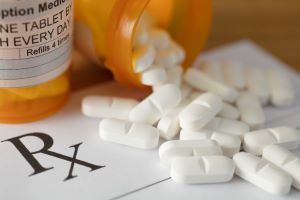August 27, 2024
Community Health Corner

The National Extension Framework for Health Equity and Well-being recommends using community development strategies and health literacy programs to ensure that everyone has a fair and just opportunity to be as healthy as possible. The following resources help us improve well-being for all, and achieve Healthy Kansas 2030 and Healthy People 2030 objectives.
Kansas Cancer Partnership is meeting Oct. 26: The Kansas Cancer Partnership (KCP) is a coalition of cancer stakeholders across Kansas, united to reduce the burden of cancer on Kansans. KCP promotes the development, coordination, and implementation of evidence-based interventions in cancer prevention, early detection and diagnosis, survivorship, and financial and health equity. There are regional coalitions in Pittsburg, Wichita and Salina, and KCP would like to have more regional coalitions form. Full member meetings are held in person twice a year and the organization’s next meeting is on Friday, Oct. 26 at Salina Rolling Hills Zoo Conference Center at no cost to participants. For more information contact KDHE staff members: Olivia Burzoni, Stacy Stowe or Jana Farmer
Why Do Prescription Drugs Have Such Crazy Names?: According to Johns Hopkins Bloomberg School of Public Health researcher, Caleb Alexander, co-director of the Center for Drug Safety and Effectiveness, if two brand-name drugs sound too similar they can be easily confused or misused, with potentially lethal consequences. According to Alexander, “look-alike, sound-alike” (LASA) medicines are recognized by the WHO as a leading global cause of medication errors. In the U.S. alone, “look-alike, sound-alike” drug ingestion causes at least one death every day and injures approximately 1.3 million people per year. Consequently, the U.S. uses unique names that have minimal risk of being confused. U.S. drug naming rules are among the world’s strictest.
Read more about the process used in the US to name prescription drugs here.
How to Build Health Literacy Online: Initially launched in 2010 and updated in 2024, the national Health Literacy Online resource helps community health organizations, providers and funders communicate useful health information through websites and social media tools. The online health literacy guide includes information on how to engage customers, simplify online information and design websites for people with limited literacy skills. The Health Literacy resource supports online communication for local projects that address Healthy People 2030 objectives. The federal Office of Disease and Health Promotion (ODPHP) has other resources that explain health literacy and why it’s important for adults and youth to understand their health status, health numbers (e.g., blood pressure readings, A1C, weight, cholesterol, body temperature, selected blood panel results) along with effective strategies that improve health literacy.
For more information, contact Elaine Johannes, ejohanne@ksu.edu; and Stephanie Gutierrez, smgutier@k-state.edu